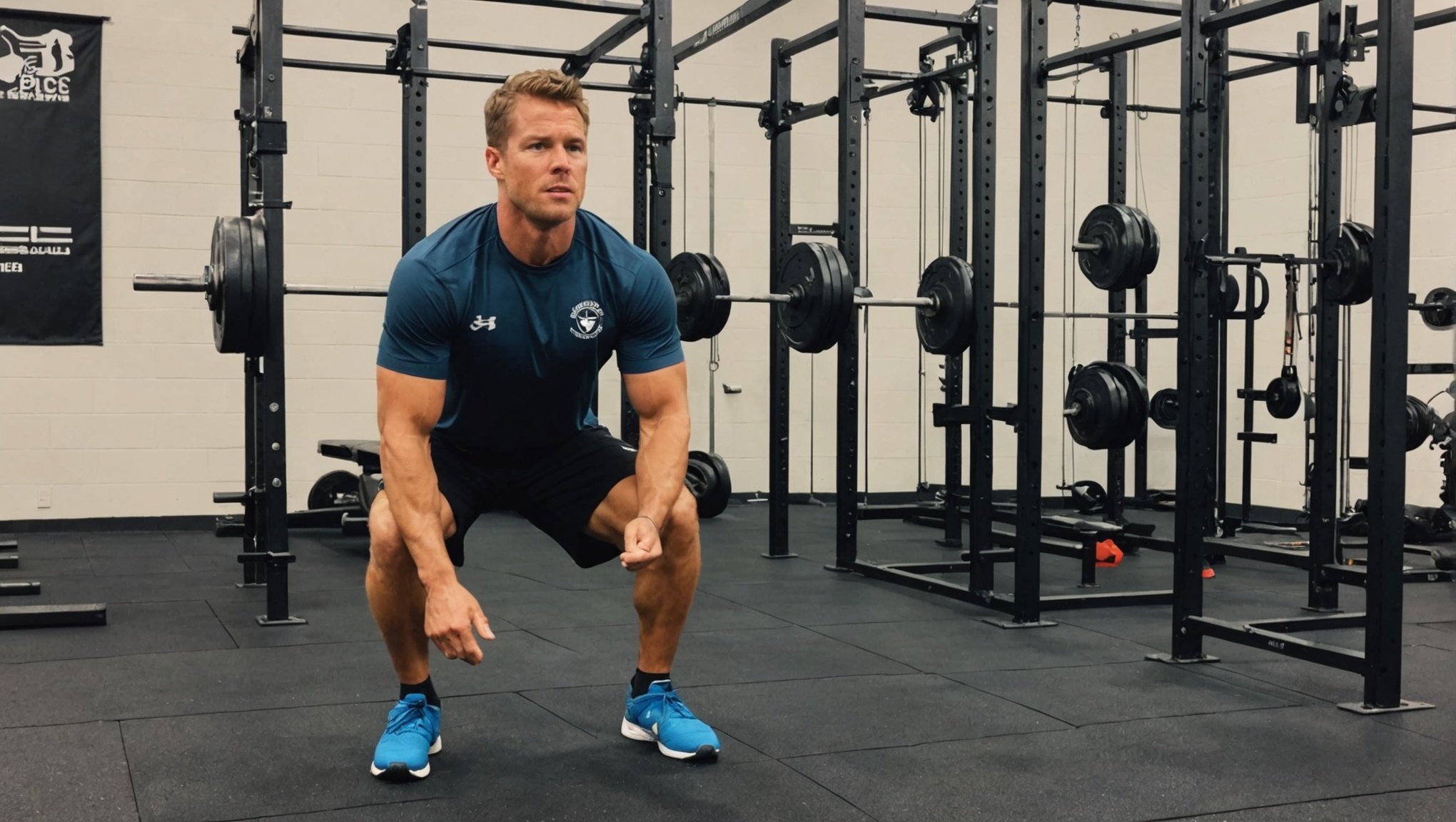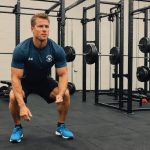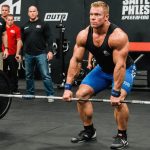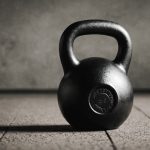Rotational training is a form of workout that targets the core muscles and involves the rotation of the body parts. It is an essential component of training programs for athletes as it can help in enhancing their performance. Whether you are a professional athlete or a sports enthusiast striving to improve your performance, this form of exercise has a lot to offer. By engaging in rotational exercises, you can develop rotational strength, improve your speed, and boost your athletic prowess.
The Importance of Rotational Training
Before delving into the best practices for rotational training, let’s first understand its relevance and significance. Rotational movements are inherent in virtually every sport, therefore, rotational training should be a key part of any athlete’s exercise regimen. It aids in the development of the core muscles, which are crucial for maintaining balance and producing force.
Topic to read : What are the specific benefits of kettlebell training for core strength?
Rotational exercises can also drastically improve your performance by enhancing overall body movement and power. By focusing on the muscles that aid in rotation, athletes can improve their agility and reduce the likelihood of injuries. Moreover, rotational training can also improve the coordination between various body parts, which is crucial in sports.
Essential Rotational Training Exercises
There are several rotational training exercises that you can incorporate into your workout regimen. These exercises will not only improve your strength and power but also enhance your rotational speed, which is critical in many sports.
In parallel : Can specific breathing patterns during squats enhance core stability?
-
Medicine Ball Rotational Throw: This exercise is a powerful tool for developing rotational strength and power. It involves the rotation of the entire body, including the hip and the core muscles, to throw the medicine ball. Practice this exercise with a partner or against a wall.
-
Cable Rotational Twist: This exercise targets the core muscles, particularly the obliques. Stand perpendicular to a cable machine, grab the handle with both hands, and rotate your torso while keeping your hips stationary.
-
Russian Twist: This is an excellent exercise for athletes as it works the entire core and improves rotational strength. Sit on the floor with your knees bent, hold a weight with both hands, and rotate your torso from side to side.
Enhancing Athletic Performance with Rotational Training
Rotational training can significantly improve athletic performance in a variety of ways. By enhancing core strength, it can boost power and speed, which are critical in almost every sport.
Moreover, rotational training also improves stability and balance, which are essential for executing complex movements in sports. By improving coordination between various body parts, it can help athletes perform better and react faster during games.
Rotational Training for Specific Sports
The implementation of rotational training can be customized as per the demands of specific sports. For instance, if you are a baseball player, the focus should be on enhancing rotational strength and speed as these are the key determinants of your performance. Incorporating exercises like medicine ball rotational throws and Russian twists can help in achieving this.
On the other hand, if you are a track and field athlete, the focus should be more on improving lower body rotational strength. Exercises like the cable rotational twist, which targets the hip and core muscles, can be beneficial in this case.
Safety Considerations in Rotational Training
While rotational training can be extremely beneficial, it is also important to ensure that it is performed safely. Always warm up before starting the training to prepare your body for the intense workout. Make sure to perform the exercises with proper form and technique to prevent any injuries.
Lastly, listen to your body. If you feel any discomfort or pain while performing these exercises, stop immediately and seek medical advice if needed. Remember that while it is important to push your limits, it is equally important to do it safely.
Rotational training can be a game-changer in enhancing athletic performance. By focusing on core muscles and rotational strength, it can help athletes reach their maximum potential. However, it is crucial to ensure that these exercises are performed correctly and safely. So, gear up, incorporate these exercises in your workout regimen, and embark on your journey to become a better athlete.
Incorporating Rotational Training in Combat Sports
Certainly, the applications of rotational training aren’t just limited to traditional field sports. Combat sports such as boxing, mixed martial arts (MMA), and Brazilian Jiu Jitsu also require significant rotational power and strength.
In a combat sport, the ability to generate force from the core and transmit it through the kinetic chain to the extremities is crucial. The significance of rotational training in these sports lies in the use of rotational movements to deliver powerful punches, kicks, and throws.
Practical exercises for combat athletes might include the med ball slam or the medicine ball rotational throw. These exercises involve a powerful downward and rotational movement, mimicking the movement patterns in strikes or throws.
For example, in jiu jitsu, rotational strength and mobility can make a big difference in executing throws and maintaining control on the ground. Exercises such as Russian twists or cable rotational twists help in developing the necessary core strength and rotational control.
Moreover, the dynamic nature of combat sports calls for a high degree of mobility and balance. Rotational training not only improves strength but also enhances the range of motion and stability, empowering athletes with better control over their movements.
Conclusion: Key Takeaways on Rotational Training
In conclusion, it’s clear that rotational training is a critical aspect of strength conditioning for athletic performance. It goes beyond merely targeting the core muscles; it focuses on developing the entire body’s ability to generate and control rotational power.
Whether it’s the intricate footwork of a soccer player, the powerful swing of a baseball player, or the controlled throws of a jiu jitsu practitioner, rotational strength is pivotal in all these movements.
The right mix of rotational exercises focusing on both the lower body and the upper body can help an athlete enhance their performance, reduce the risk of injuries, and improve their overall fitness. Exercises such as medicine ball rotational throw, cable rotational twist, and Russian twist can be part of an excellent rotational training regimen.
However, the emphasis should always be on performing these exercises with correct form and technique, and listening to your body’s signals. Remember, the purpose of rotational training, and indeed any form of strength training, should be to enhance performance and prevent injuries, and not to cause them.
Remember, rotational training isn’t a one size fits all solution. You should tailor your training to your sport’s specific needs and your personal goals. Whether you’re a professional athlete or a sports enthusiast, incorporating rotational training in your workout regimen can offer significant benefits. With the right approach, training, and perseverance, you can unlock your maximum athletic potential.












